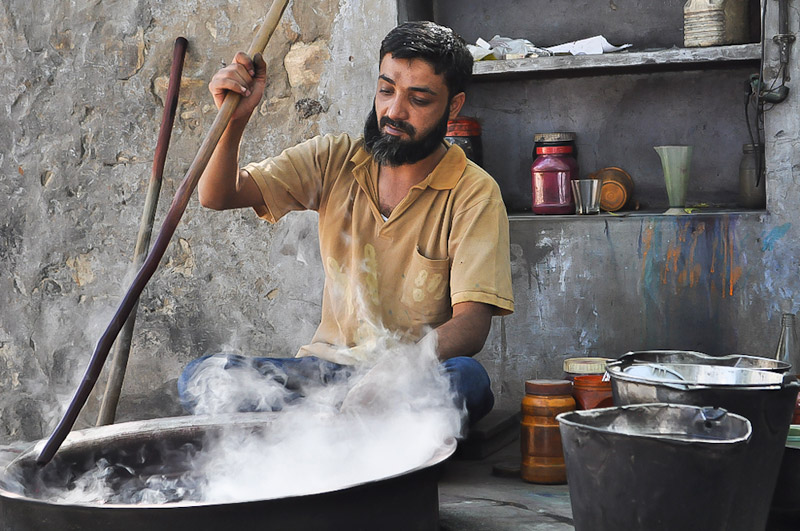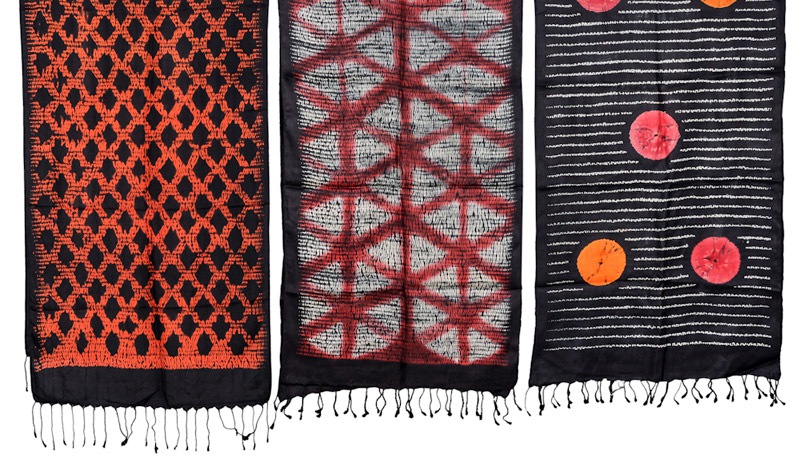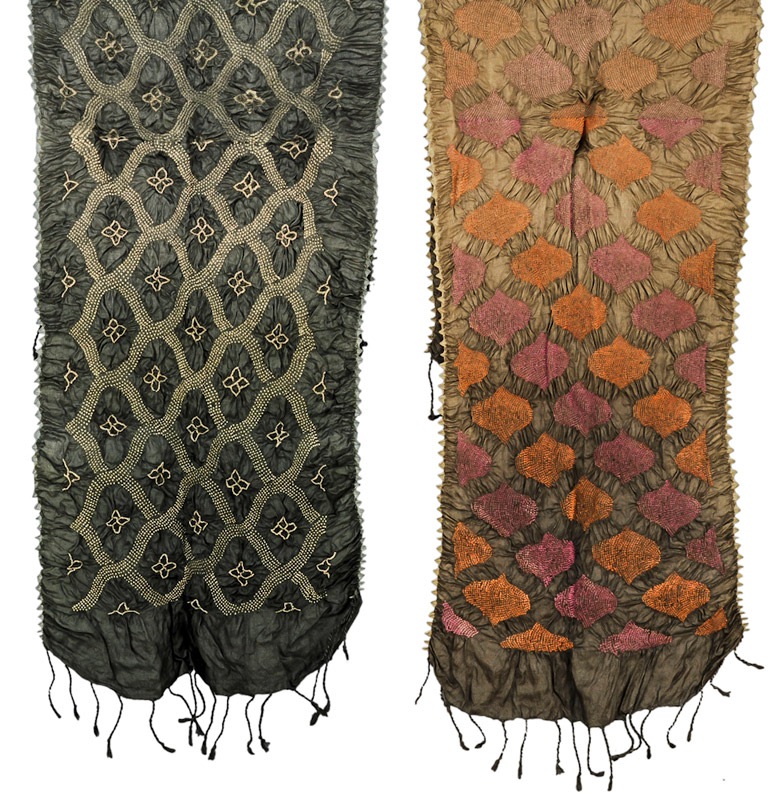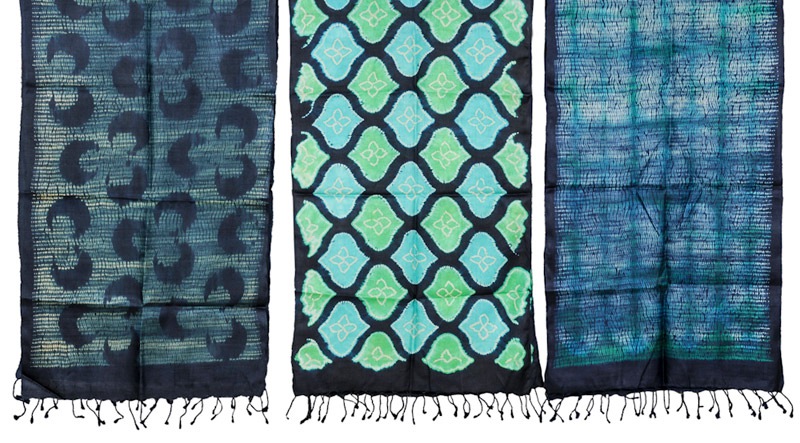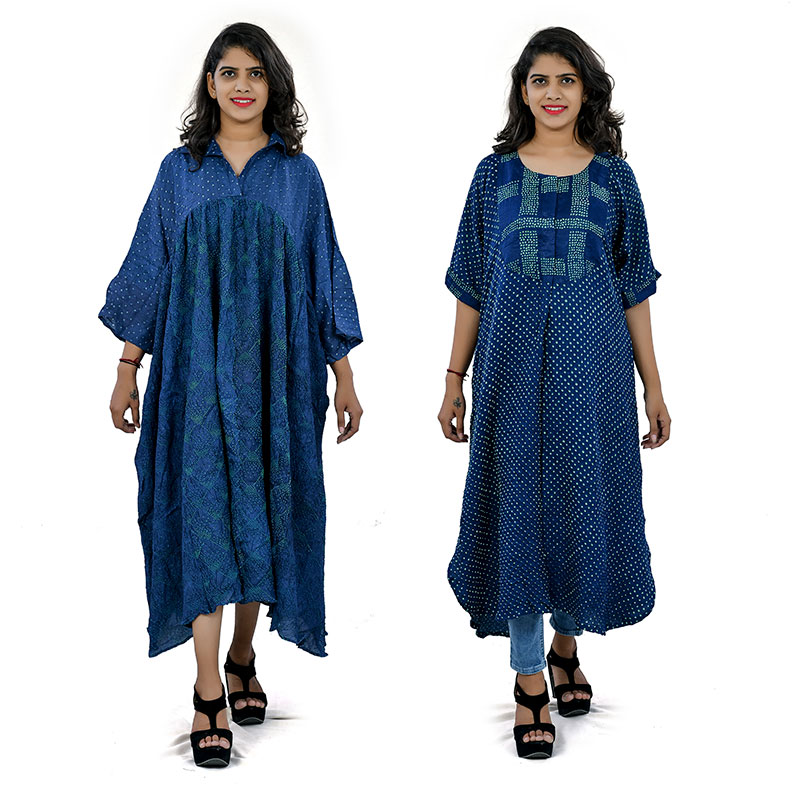Artist:
Abdulaziz Alimamad Khatri
Region:
Country:
Media/General:
Medium of Work:
Year(s) Attended:
About:
For master artisan Abdulaziz Alimamad Khatri, dying cloth is practically in his DNA. After all, his entire family has been engaged in this artform for at least 10 generations. Originally, the Khatri family made woolen bandhani (a tie dye technique practiced in Gujarat and Rajasthan) for nomadic Rabari tribespeople, and later for their own personal use. Khatri learned the finer points of his craft from his mother and grandmother, both master artisans; today, he passes traditional knowledge on to his daughters, who now contribute distinctive, contemporary designs to Khatri textiles.
Items used include indigenous plants like tassar, and fabrics such as silk. Organic dyes are responsibly sourced from Mumbai and Ahmedabad. First, fabric is folded in half and basted together. Then patterns are created and stenciled onto the fabric using paper, or a string dipped in red mud. Next the fabric is given to a “tie” artist, who makes small knots along the patterns using fine cotton string. This process yields dense areas of fine patterning, resulting in unique textiles which have become synonymous with the Khatri name.
Dyeing is traditional to the Khatri community in Kutch, a drought-prone region. Experts believe the bandhani technique was brought to Kutch by Khatri craftsmen from Sindh, probably in the 16th century. Traditionally the Khatri family made bandhani only for themselves, but today, the Khatris—and the distinctively beautiful items they create—have admirers from around the globe.

